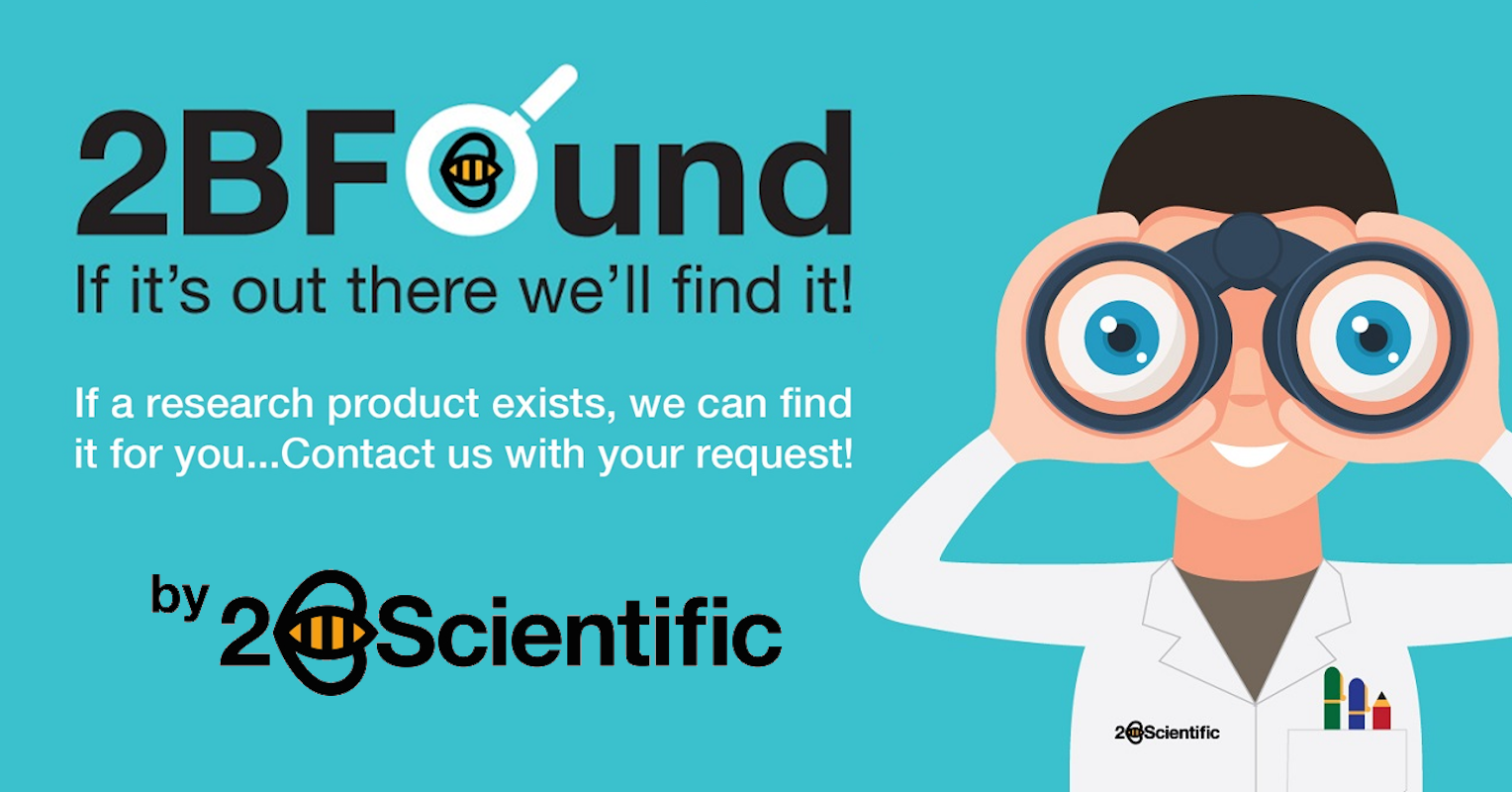CD Markers for Detection of Specific Immune Cell Populations
CD antigens, also known as Clusters of Differentiation, are part of a nomenclature system used to identify and classify antigens found on the surface of various leukocytes, including neutrophils, basophils, eosinophils, lymphocytes, and monocytes. CD markers are essential tools for determining the nature and function of these cells during conditions such as infections, cancers, and autoimmune diseases, by revealing changes in cell surface receptors.
These CD markers act as immunophenotypic identifiers, allowing for the characterization of cell types, as well as the assessment of cell maturation, differentiation, and activation. They are also useful for classifying cells into specific populations and further categorising them by lineage and cellular subset.
CD markers have proven highly valuable in disease detection—particularly in oncology—where they are used to identify abnormal cellular growth and morphology, such as in neoplasms. Additionally, they aid in monitoring cancer treatment by tracking changes in the expression of relevant CD antigens.
Routinely, these markers are employed as monoclonal antibodies conjugated with fluorochromes, making them powerful tools in both flow cytometry and immunohistochemistry (IHC) analyses. They have become indispensable in diagnostics and ongoing monitoring of disease-related treatments.
2BScientific, in partnership with Immunostep, offers a broad range of validated CD markers designed to assess cell populations, viability, and abnormalities for the detection of malignancies, immune deficiencies, and infections. These monoclonal antibodies are optimised for use in flow cytometry (FCM) and IHC, enabling precise identification and quantification of various human cell types.
The antibodies are suitable for direct immunofluorescent staining of human tissues, with effective performance in FCM using ≤1 μg per 10^6 cells. Certain reagents are also validated for use in blood samples and bone marrow for both FCM and IHC applications.
The following table outlines key markers provided by Immunostep, which support the identification and differentiation of various leukocyte structures, subsets, and lineages—including both granulocytes and agranulocytes.
| CD Markers (Human Antibody) | T cells | B cells | NK cells | Platelets | Granulocytes | Monocytes | Macrophages | Dendritic cells |
|---|---|---|---|---|---|---|---|---|
| CD2 | Early T cells | | | | | | | |
| CD3 | Helper T cells/ cytotoxicity T cells | | | | | | | |
| CD4 | Helper T cells, Th1, Th17, Th2, T reg | | | | | | | |
| CD6 | T cells | | | | | | | |
| CD8 | Cytotoxicity T cells | | | | | | | |
| CD9 | | | | | | | | |
| CD11a | | | ||||||
| CD11b | | | | Neutrophil, Eosinophil | | |||
| CD11c | | | | | | | | |
| CD14 | | | | | | | ||
| CD15 | | | | | Neutrophils | | | |
| CD16 | | | | Neutrophils | | |||
| CD19 | | | | | | | | |
| CD20 | | | | | | | | |
| CD25 | T reg | | | | | |||
| CD34 | | | | | | | | |
| CD45 | | | | | | | | |
| CD45RA | Naïve T cells | | | | | | | |
| CD45RO | Memory T cells | | | | | | | |
| CD56 | | | | | | | | |
| CD64 | | | | | | | | |
| CD117 | | | | | Basophils | | | |
| CD235a | | | | | | | | |
| HLA-DR/CD3 | | | | | | | | |
| CD123 | | | | Basophils | | | ||
| CD3/CD16+CD56 | | | Cytotoxicity NK cells | | | | | |
| CD4/CD8 | T cell subsets | | | | | | | |
| CD45/CD14 | | | | | | | | |
| CD3/CD8/CD45/CD4 | T cell subsets | | | | | | | |
| CD3/CD16+56/CD45/CD19 | | | NK cells and subsets | | | | | |
| CD3/CD8/CD45 | Cytotoxicity T cells | | | | | | | |
| CD4/CD8/CD3 | Standard T cell Panel | | | | | | | |
| CD19 CAR-T cell Detection | CAR-T cells | | | | | | | |
Enumerate total and viable CD34 cells with the Immunostep Stem Cell Kit (SCK)
- Rapid identification of double positive CD34 and CD45
- anti-CD45 antibody recognises type C tyrosine receptor protein phosphatase, a protein of 220kD member of Leukocyte antigen family
- anti-CD34 antibody recognises the progenitor hematopoietic cell protein antigen CD34

